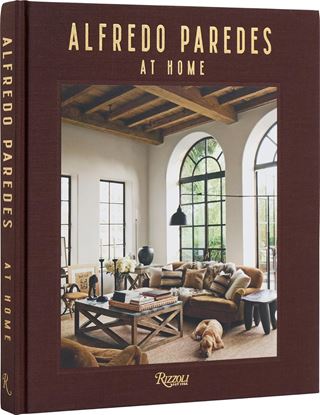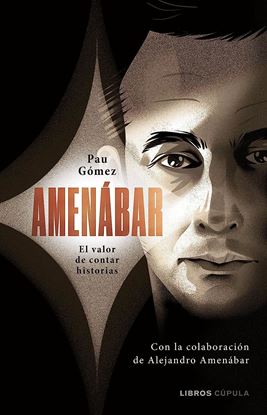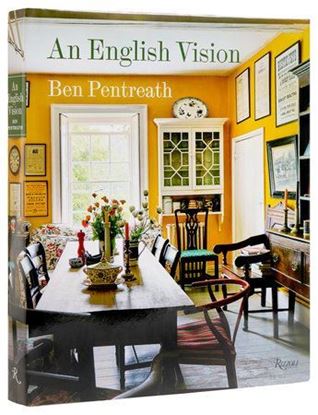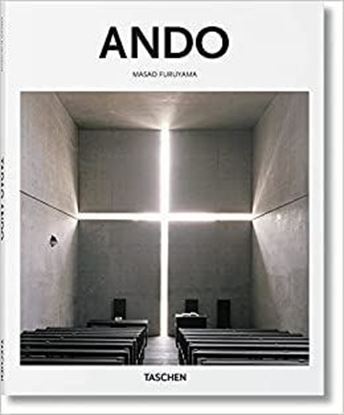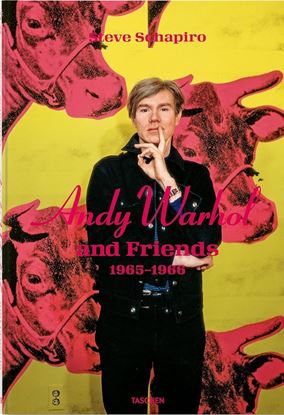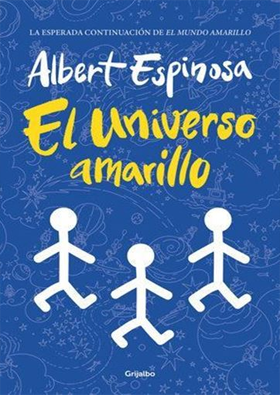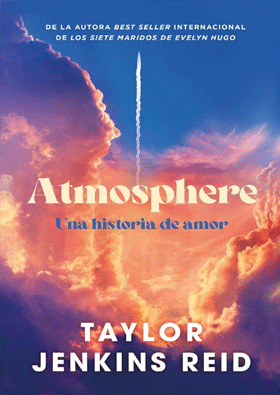

ALFREDO PAREDES AT HOME
While touring readers through four of his own homes, Paredes shares the key elements in his creative process, giving us access to the same tools he uses in every home to decorate rooms that feel modern even as they glamorize the past, to show us how an environment has real power to transform our very state of mind. Paredes is renowned for being a master of extrapolating an entire theme from one unique item, say transforming the stripe of a crisp Oxford shirt into a unique upholstery perfect for the seaside, or finding inspiration for a couch’s decorative fringe in a well-worn piece of leather ranch gear. He is said to have “perfect visual pitch,” creating vignettes and rooms with an energy that feels undeniably masculine and sophisticated thanks to dark wood, iron railings, rustic fabrics, an overall patina, and soft furnishings in soothing earth tones.
4,200
3,360
AMENABAR (OF2)
Desde el estreno de su primer largometraje, Tesis, en 1996, Alejandro Amenábar se ha convertido en «el niño de los Goya» del cine español, cuya marca garantiza calidad, gran audiencia y éxito de taquilla. Ha dirigido tres de las películas más taquilleras de la historia del cine español y ha gozado de un enorme reconocimiento internacional y de la crítica (incluido un Óscar a la Mejor Película Extranjera por Mar Adentro, en 2004, entre muchos otros premios y reconocimientos), se encuentra en la cúspide de la industria cinematográfica española y es ampliamente considerado como el mejor director internacional español.
Pau Gómez, periodista cinematográfico y muy próximo a Amenábar, nos transporta por un recorrido a través de todas las películas del cineasta, comentadas una por una por primera vez por el mismo Alejandro Amenábar, en la primera obra que reúne, por fin, la filmografía completa del cineasta y en conversación con el propio director, para conocer la trayectoria fílmica del gran cineasta en su máxima profundidad.
500
400
AN ENGLISH VISION
This is the first of Pentreath’s books to present his own output in its entirety—from his personal residences in Dorset, London, and Scotland that brought him international fame to many old and new houses that he has designed and some of the larger, town-scaled projects that make his practice unique in the world of traditional design. Although the results range from his colorful and romantic versions of the English country cottage to traditional splendor, there are underlying ideas that inform the breadth of his output—a sense of scale, proportion, craft, detail, sustainability, and appropriateness—that have a universal relevance today.
3,200
2,560
ANDO (BA-ARCH) (GB) (INT)
In this essential TASCHEN introduction to Tadao Ando we explore the hybrid of tradition, modernism, and function that allows his buildings to enchant architects, designers, fashion designers, and beyond. Through key projects including private homes, churches, museums, apartment complexes, and cultural spaces, we explore a uniquely monumental yet comforting aesthetic that draws as much on the calm restraint of Japanese tradition as the compelling modernist vocabularies of Bauhaus and Le Corbusier.
With featured projects in Japan, France, Italy, Spain, and the United States, we see not only Ando’s global reach but also his refined sensitivity for the environs: the play of light through windows, and, in particular, the interaction of buildings with water. From the mesmerizing Church of the Light in Osaka to the luminous Punta della Dogana Contemporary Art Center in Venice, this is a radiant tour through a distinctly contemporary form as much as a timeless appeal of light, elements, and equilibrium.
1,350
1,080
ANDY WARHOL AND FRIENDS
In 1965, Steve Schapiro started documenting Andy Warhol for LIFE magazine: Warhol was cementing a reputation as an important Pop artist who drew his inspiration from popular culture and commercial objects. With his sunglasses, blond wig, and bland public utterances, Warhol was enigmatic, charismatic, intensely ambitious, and aware that to become a star, you needed the presence of people to document your ascent. Schapiro, also ambitious and hardworking, who in his own words “kept quiet and smiled a lot,” was an ideal witness to Warhol’s relentless rise from cult New York artist to 20th-century icon. Ironically, LIFE never published the story, so many of these images are seen here for the first time, scanned from negatives found deep in Schapiro’s archive.
4,995
3,996
ANILLOS Y MAZMORRAS
Quien mas quien menos se ha sentido atrapado en algun momento de su vida por alguna saga interminable repleta de señores oscuros, magos barbudos, espadas magicas, duendes, quimeras o elfos.El exito de dos nuevas superproducciones televisivas basadas en sagas literarias La casa del dragon, precuela de Juego de tronos, y Los anillos de poder, precuela de El señor de los anillos hacen de este un momento ideal para publicar un libro que de un repaso al genero narrativo que lleva un siglo arrasando.Historias apasionantes en las que el mal se enfrenta al bien encarnado en sus mas diferentes valores: la valentia, el honor o la honradez, aderezado siempre con un tono de epica. Y que el autor de este libro ha sintetizado con manos expertas y mucho conocimiento para hacer de ello un compendio de lo mas granado del mundo de la literatura, el cine, el comic o los videojuegos.Fantasia de leyenda: De Dragones y mazmorras a El ultimo unicornio.Un mundo de fantasia medieval de la mano de George R. R. Martin: Cancion de hielo y fuego.Fantasias para todos los gustos: De Willow a El priorato del naranjo.Fantasias camp: De Krull a La leyenda del buscador.Cronicas de la carcajada: de Mundodisco a Nimona.Una fantasia epica distinta: de la Saga de la Tumba Sellada a Step by Bloody Step.Videojuegos de fantasia: De World of Warcraft a Dragon Quest.
950
760


